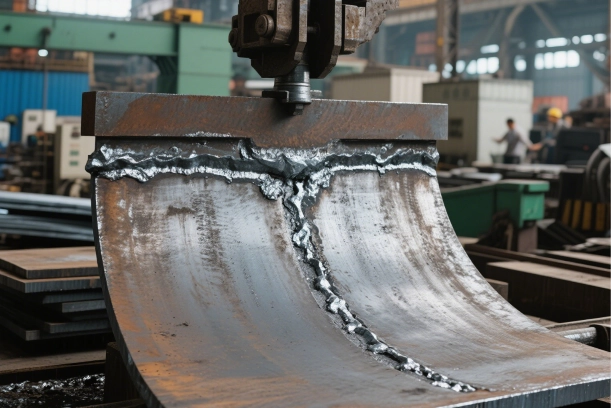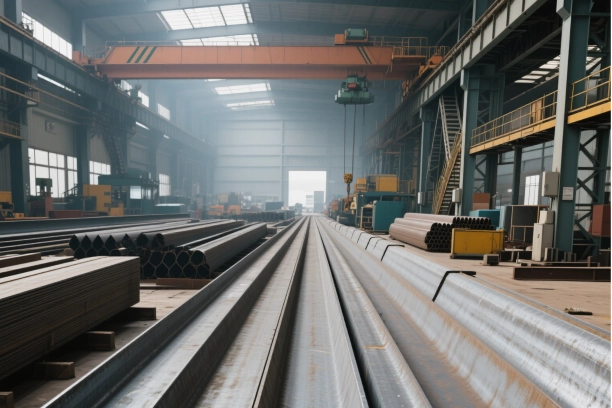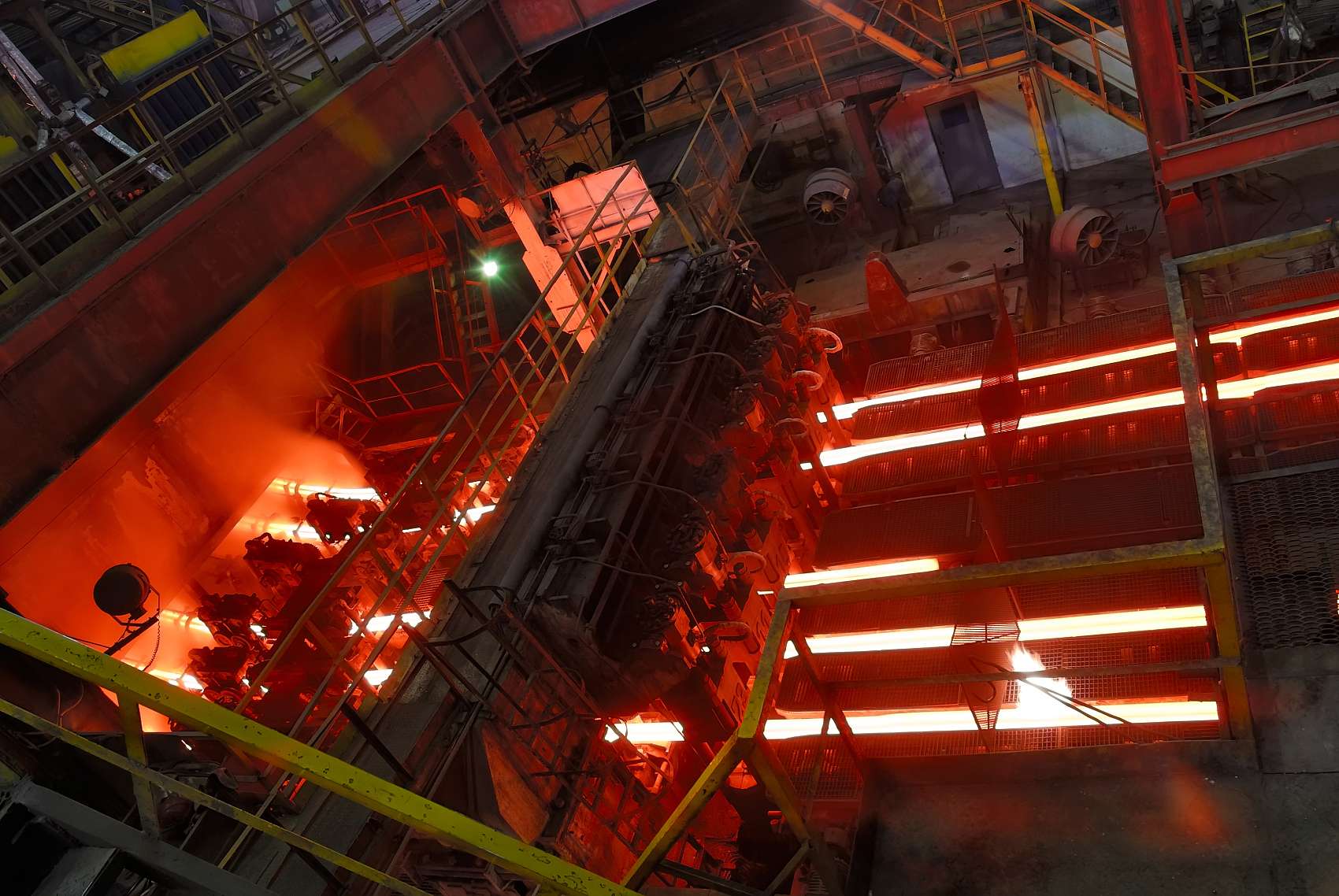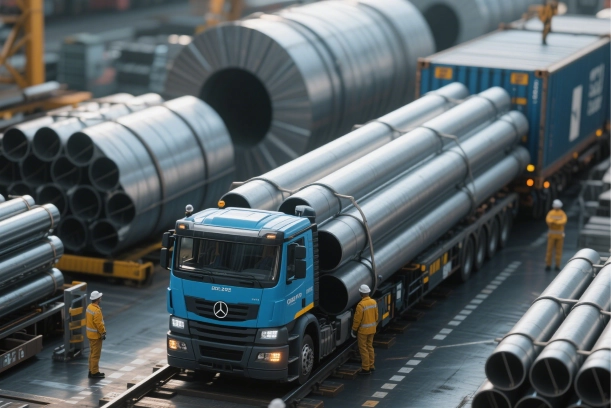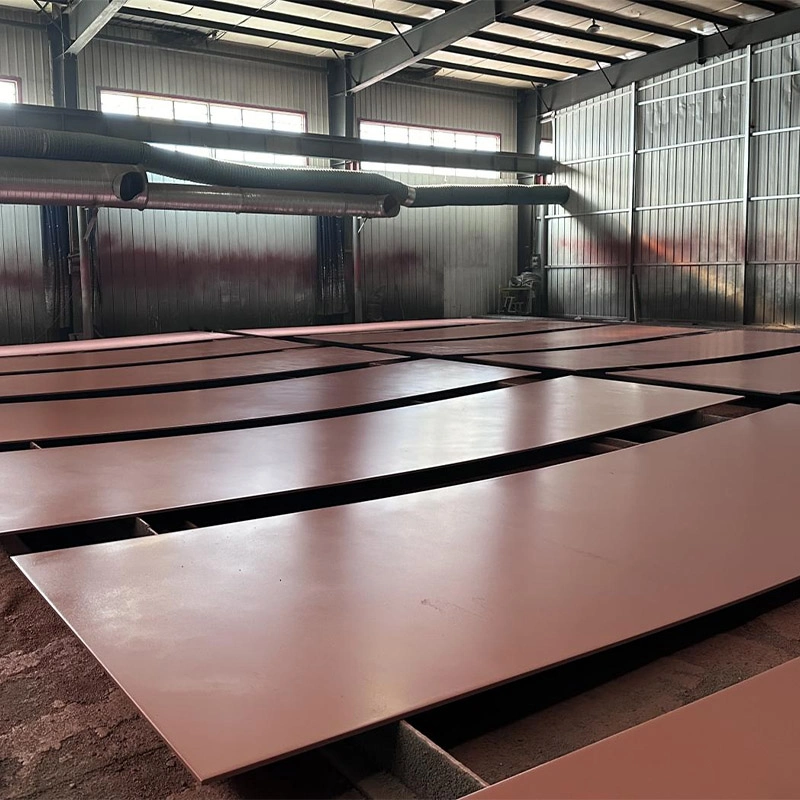
Introduction of Abrasion Resistant Steel
Abrasion resistant steel is a unique kind of carbon steel built to endure damage from friction and impact. It’s commonly used in fields where strength and resilience matter most, like mining, building, and making heavy equipment. The special traits of this steel stem from its carefully managed makeup and production techniques, which boost its toughness and ability to resist wear. Its knack for surviving tough conditions has made it a key player in the market for durable carbon steel. You can know more about abrasion resistant steel in our blog: Understanding Abrasion Resistant Steel: Key Benefits and Applications. This blog is going to let you know about 5 standards of abrasion resistant steel.
Standard 1: Material Composition Standards
Base Elements
The core of abrasion resistant steel rests on its main components, chiefly iron and carbon. These steels usually have more carbon than typical structural steels, which ramps up their hardness. The iron-carbon blend forms the steel’s basic structure, offering both power and flexibility. Producers keep a tight grip on the mix of these elements to nail the right physical qualities.
Additives
Beyond the core elements, several extra ingredients are mixed in to lift the steel’s performance. Common ones include manganese, chromium, nickel, and molybdenum. Manganese boosts durability and the ability to harden. Chromium ramps up resistance to rust. Nickel improves toughness in cold settings, making it great for harsh places. Molybdenum enhances wear resistance by preventing softening in hot conditions. These extras are vital in setting apart different grades of abrasion resistant steel.
Microstructure Requirements
The steel’s inner structure is shaped through precise heat treatments like quenching and tempering. These steps refine the grain layout, spreading hardness evenly across the material. Structures like martensite or bainite are often targeted for their top-notch wear resistance. Tight control over these tiny features ensures the steel meets tough industry rules.
Standard 2: Mechanical Property Standards
Hardness
Hardness is a top trait for abrasion resistant steel. It shows how well the material can fend off dents and surface damage under pressure. Levels are often checked using the Brinell Hardness (HB) scale. For instance, grades like AR400 and AR500 hit hardness marks between 360-500 HBW. This standout toughness makes these steel plates perfect for jobs with heavy hits or sliding wear.
Tensile Strength
Tensile strength is the peak stress a material can take while being stretched before it snaps. Abrasion resistant steels boast high tensile strength thanks to their alloy mix and heat treatments. This quality lets the material handle big loads without breaking. In places like mining and quarrying, it’s key for parts like liners and chutes facing constant stress.
Impact Resistance
Impact resistance gauges how well a material soaks up energy from sudden blows without cracking. This matters a lot for jobs where stuff faces sharp forces or jolts. Abrasion resistant steels get great impact resistance from their sturdy structures and additives like nickel and manganese. That makes them fit for gear like digger buckets, truck beds, and rock crushers.
Abrasion resistant steel coils bring flexibility to production. Their shaping ability pairs with strong traits, letting makers craft custom forms without losing toughness or quality.
By sticking to strict rules for makeup and physical traits, abrasion resistant steels keep ruling in fields needing sturdy stuff to handle extreme settings. Their place in driving the durable carbon steel market stays central as the call for tough materials grows worldwide.
Standard 3: International and Industry-Specific Standards
EN 10025
EN 10025 is a European rule setting terms for delivering hot-rolled structural steel goods. It’s key for abrasion resistant carbon steel, laying out needs for physical traits, chemical mix, and sizes. The rule ensures steady quality across makers, simplifying sourcing for industries. It covers steel grades like S355J2+N and S690QL, often picked for high wear resistance.
ASTM Standards
ASTM International sets out various rules for abrasion resistant steel plates. For example, ASTM A514 and ASTM A829 are go-tos for their tight standards on hardness and tensile strength. These guidelines ensure the steel holds up in rough conditions without faltering. Makers of steel coils often follow these to meet needs in mining and building.
Manufacturer-Specific Standards
On top of global rules, many makers craft their own specs to stand out in the durable carbon steel market. These custom standards might feature higher hardness, better welding ease, or special coatings. Such tweaks let them serve niche uses needing tailored fixes.
Standard 4: Testing and Certification
Hardness Testing
Hardness testing is a must to check abrasion resistant steel quality. The Brinell Hardness Test (HBW) is a common way to measure surface toughness. For example, AR400 and AR500 grades usually show hardness between 360-500 HBW. This test presses a hard ball into the steel under set weight. The dent left behind gets measured to confirm hardness meets industry needs. One of types of abrasion resistant steel: NM300TP wear-resistant steel that is designed for concrete mixer drums needs HBW to ensure the safety of transportation of concrete.
Weldability and Formability
Weldability and shaping ability are crucial for complex designs or assembly jobs. Abrasion resistant steel plates are made to weld well without losing their strengths. Thicker plates might need preheating to avoid cracks during welding. Likewise, shaping tests ensure steel coils can bend into custom shapes without breaking down.
Promispecial®’s Contribution to the Field of Abrasion Resistant Steel
Overview of Promispecial®’s Abrasion Resistant Steel Products
Promispecial® has carved out a spot as a top supplier of quality abrasion resistant carbon steel goods. Their lineup includes a broad mix of plates and coils built for varied industry needs. These items are crafted with cutting-edge methods that ramp up wear resistance and lasting power.
Unique Features and Benefits Offered by Promispecial®
Promispecial®’s steel grades shine with top-tier physical traits and steady results. High hardness, great tensile strength, and impact resistance make them perfect for tough jobs. Plus, they offer custom fixes tuned to specific field needs, ensuring peak performance every time.
Applications Suited for Promispecial®’s Products
Promispecial®’s steel products are versatile, fitting a wide range of uses. Fields like mining, building, farming, and heavy equipment gain big from these materials. They’re commonly used in digger buckets, truck beds, conveyor setups, and wear liners. Their ability to tough out harsh settings means longer life and lower upkeep costs for users. With so many industries that can apply abrasion resistant steel, if you have needs in your industry, you can contact us anytime.
By following strict global rules and always pushing new ideas, Promispecial® plays a big role in advancing abrasion resistant carbon steel. They keep meeting the changing needs of industries worldwide.
FAQ
Q: How is abrasion resistance tested for steel?
A: Common methods include:
Sutherland Rub Tester (measures surface durability under cyclic abrasion).Los Angeles Abrasion Test (assesses aggregate wear resistance)
Taber Abraser (quantifies material wear under controlled friction).
Q: What industries rely most on abrasion-resistant steel standards?
A: Mining & Heavy Equipment: For buckets, liners, and wear plates exposed to abrasive materials like ore and sand.Construction: Used in dump trucks, excavator buckets, and conveyor systems.

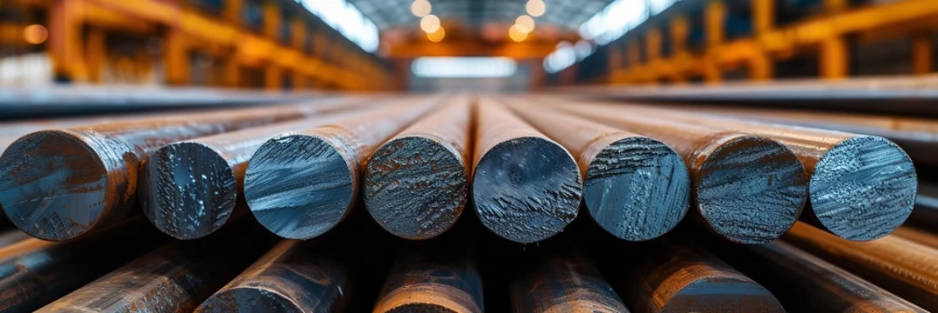
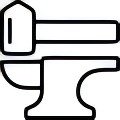
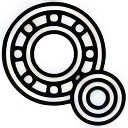

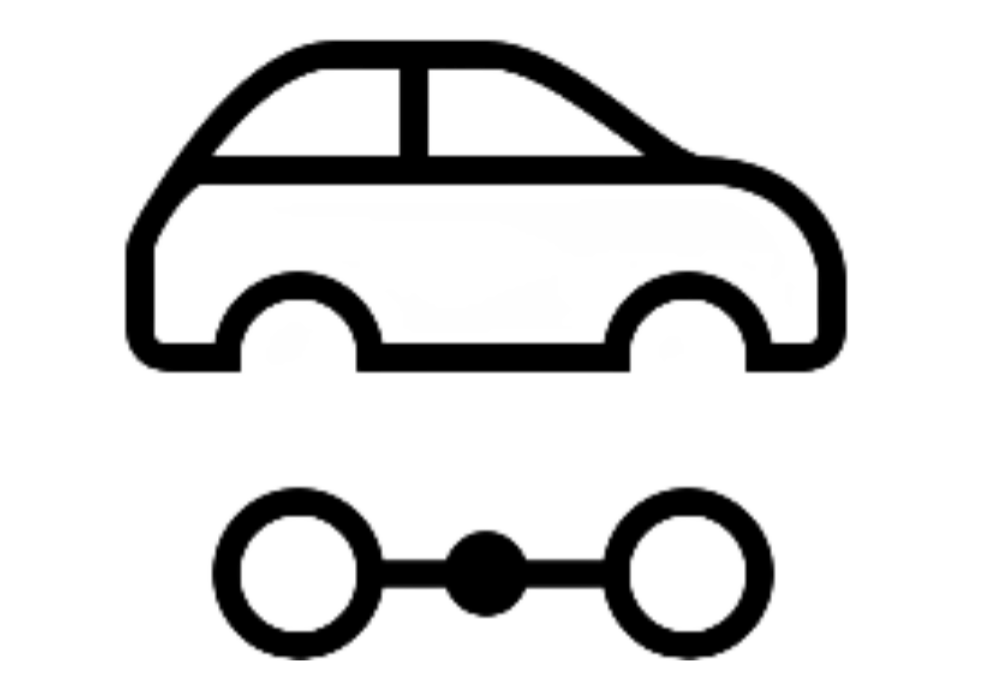
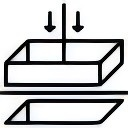


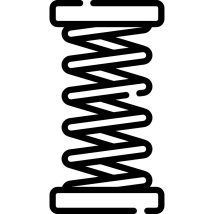

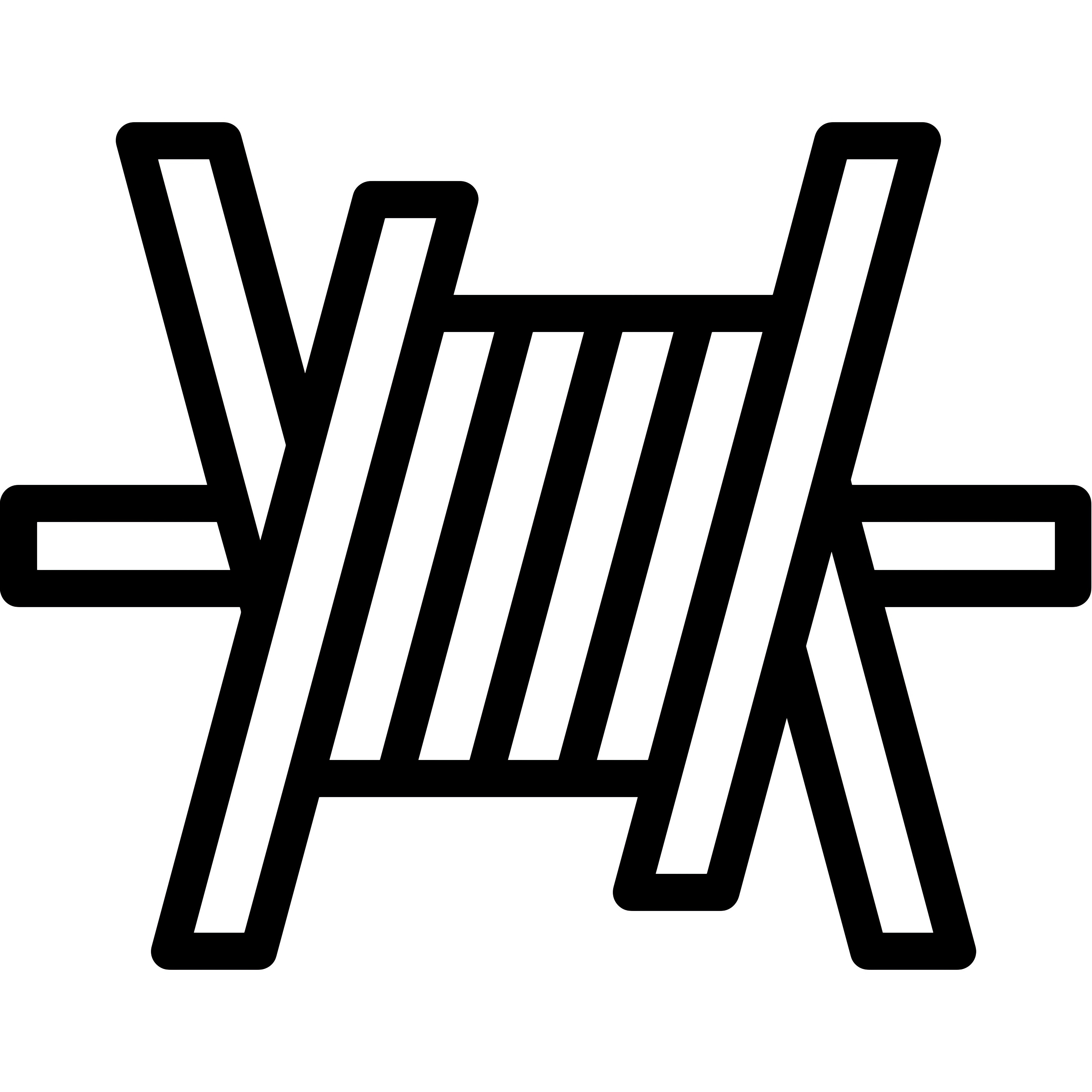

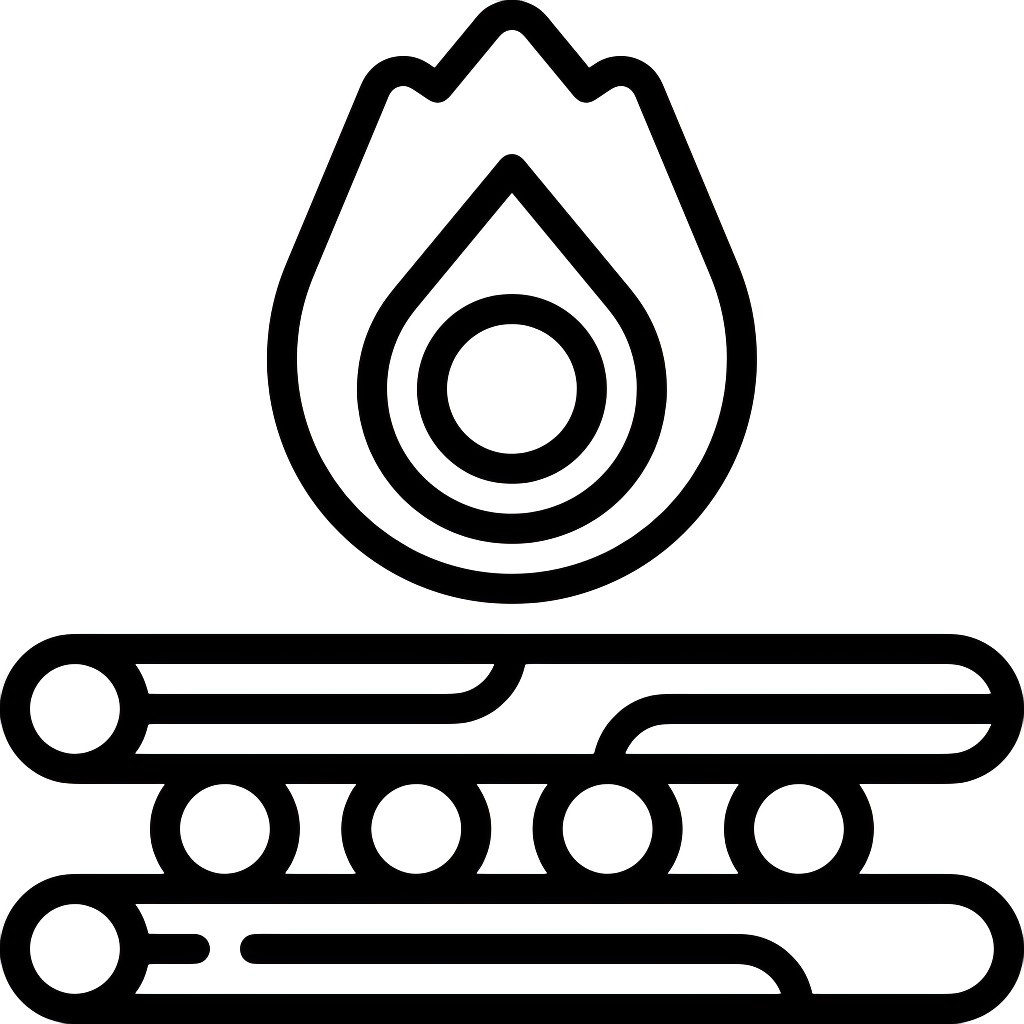

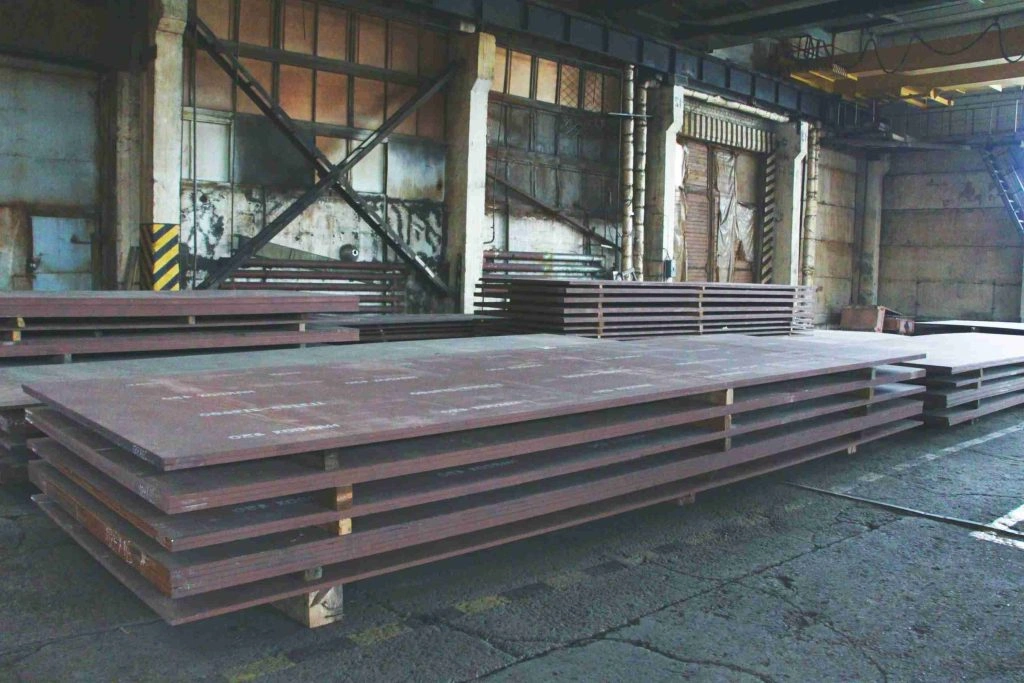
.webp)
